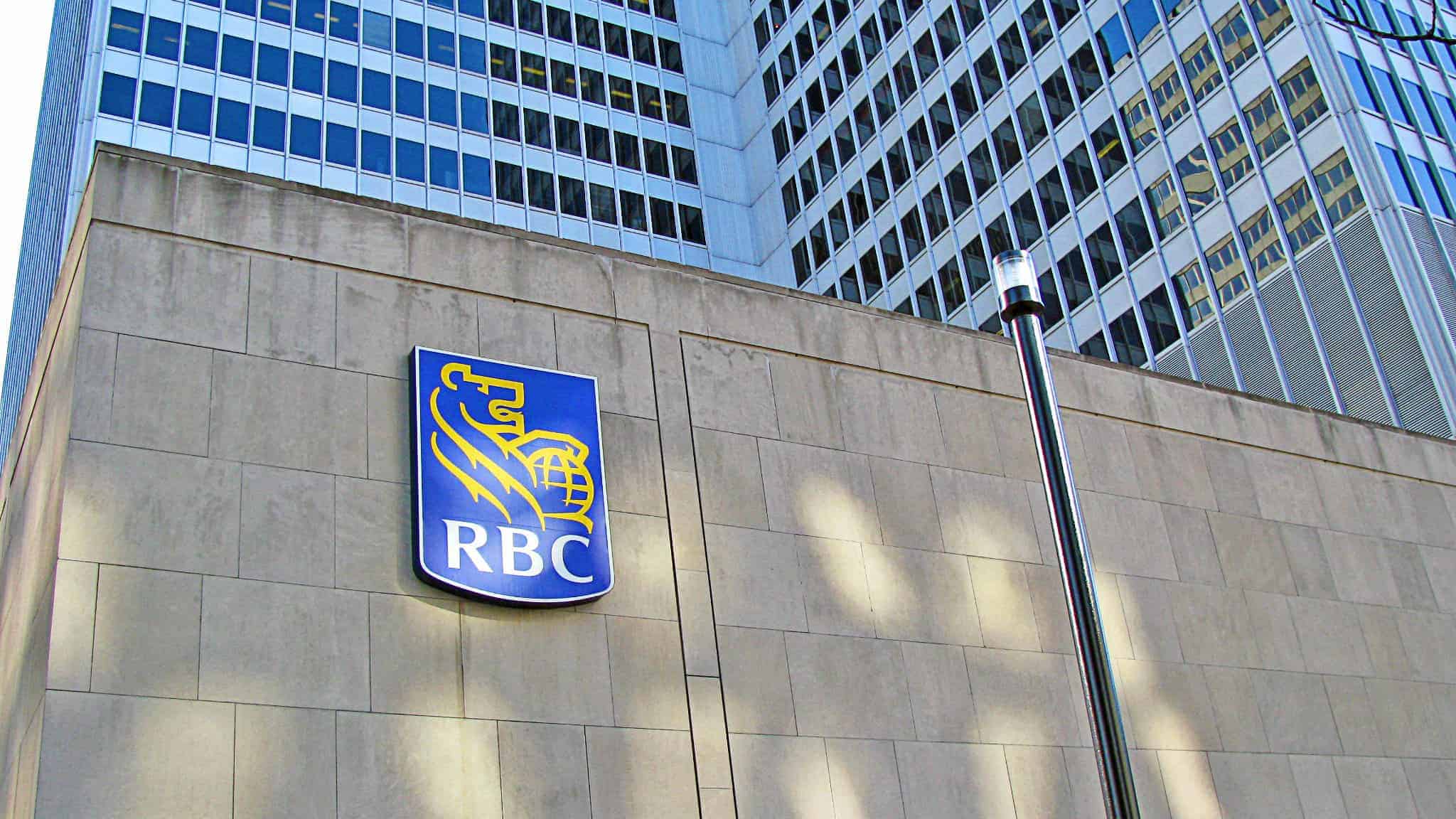Royal Bank of Canada (TSX:RY)(NYSE:RY) has pulled back over the past three months, and investors are wondering if this is the right time to add the financial giant to their holdings.
Let’s take a look at the current situation to see if Royal Bank deserves to be a top bank pick for your portfolio.
Earnings
Royal Bank reported fiscal 2017 earnings of $11.5 billion. That’s right, Canada’s largest bank generates close to $1 billion in profit per month.
Customers who feel their fees are too high might not be overly impressed, but investors are all smiles.
A large part of the bank’s success comes from its balanced revenue stream and diverse business lines. Royal Bank has strong personal and commercial banking, wealth management, capital markets, investor and treasury services, and insurance operations.
Year-over-year profits rose 10%, supported by record revenue levels in every segment, except for the insurance group. Personal and commercial banking activities provided 50% of the company’s 2017 earnings. Capital markets contributed 22%, wealth management added 16%, while insurance and investor and treasury services each kicked in 6% of the earnings.
Royal Bank spent US$5 billion in late 2015 to acquire California-based City National. The asset is performing well and serves as a solid base for the company to expand its presence in the wealth management sector in the coming years.
Risks
Rising interest rates and heavy Canadian debt loads have some pundits wondering if the Canadian banks are in for a rough ride. Royal Bank has even commented on credit risks. One of the bank’s analysts recently sent a report to clients indicating rising delinquencies in some credit programs are pointing to a deterioration in consumer credit.
If credit card debt is getting stretched, people might start to feel a cash flow pinch, and rising interest rates could begin to force some homeowners to sell their houses when the time comes to renew mortgages. A wave of selling would hit property values across the board.
For the moment, things appear to be under control. Royal Bank’s Canadian residential mortgage portfolio was $256 billion at the end of fiscal 2017. That sounds big, and it is, but 44% of the loans are insured and the loan-to-value ratio on the rest is low enough that house prices would have to fall significantly before the bank takes a material hit.
Royal Bank is well capitalized with a CET1 Ratio of 11%, so investors shouldn’t be too concerned.
Overall, rising interest rates tend to be a net benefit for the banks, and most analysts predict a gradual pullback in average year-over-year house prices across the Canadian market.
Dividends
Royal Bank has a strong track record of returning profits to investors through dividend growth and share buybacks, and that trend should continue with rising earnings. The company recently raised the quarterly payout by 3% and repurchased $920 million in stock in fiscal Q1 2018.
At the time of writing, investors can pick up a yield of 3.9%.
Should you buy?
The stock is down from $108 per share in January to about $96.50, which puts it below 13 times trailing 12-month earnings. At this price, Royal Bank is starting to look reasonable, given its strong presence in the market and the potential tailwinds from rising interest rates.
Additional near-term downside could be on the way amid a broader maker correction, so I wouldn’t back up the truck, but investors with a buy-and-hold strategy should consider adding Royal Bank to their portfolios on additional weakness.










